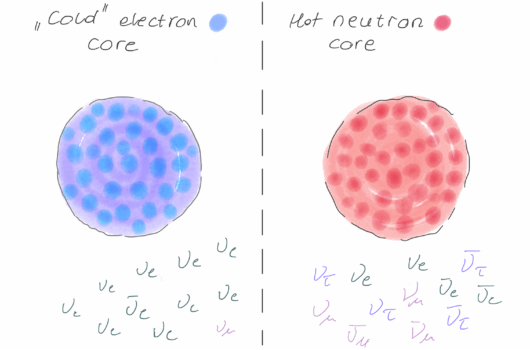Detecting gravitational signatures of dark matter with atom gradiometers
Detecting gravitational signatures of dark matter with atom gradiometers
View
Abstract
We study the purely gravitational signatures of dark matter from the ultralight to the ultraheavy mass range in proposed long-baseline atom gradiometers. Due to their exceptional acceleration sensitivity, proposed space-based experiments, such as MAGIS-space, AEDGE and AEDGE+, could detect a dark matter subcomponent which constitutes ![]() of the local dark matter energy density and is populated by compact clumps of mass between
of the local dark matter energy density and is populated by compact clumps of mass between ![]() kg and
kg and ![]() kg (
kg (![]() ), in an otherwise unexplored region of dark matter model space. Furthermore, because the gravitational observable depends on the relative gravitational time delay measured by spatially separated atomic clouds, we find that atom gradiometers are parametrically more sensitive than laser interferometers, such as LIGO and LISA, to fast-oscillating spacetime perturbations sourced by energy density and pressure fluctuations of ultralight dark matter. In optimistic scenarios, space-based experiments are projected to probe a DM overdensity of
), in an otherwise unexplored region of dark matter model space. Furthermore, because the gravitational observable depends on the relative gravitational time delay measured by spatially separated atomic clouds, we find that atom gradiometers are parametrically more sensitive than laser interferometers, such as LIGO and LISA, to fast-oscillating spacetime perturbations sourced by energy density and pressure fluctuations of ultralight dark matter. In optimistic scenarios, space-based experiments are projected to probe a DM overdensity of ![]() times the local dark matter energy density for masses
times the local dark matter energy density for masses ![]() eV. We therefore conclude that proposed atom gradiometers may be poised to detect dark matter through purely gravitational interactions.
eV. We therefore conclude that proposed atom gradiometers may be poised to detect dark matter through purely gravitational interactions.




